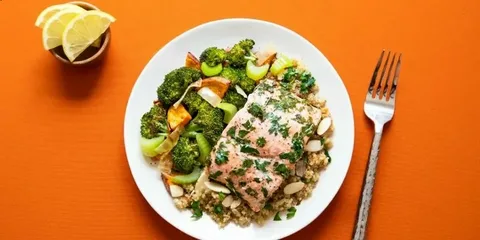Sales motivation and engagement are a year-round process. It’s more vital than ever to keep your sales representatives focused in this unpredictable year. As you finalize your sales strategies for 2022, it is critical to think about sales incentive schemes that will boost performance and maintain high morale of your sales team.
Your primary motivating tool is your sales incentive structure, but there are different types of incentives you could use to further motivate your sales representatives. A Special Performance Incentive Fund, or SPIF, is one of the most common strategies to incentivize sales representatives.
SPIFs as Sales Motivation Tool
Special Performance Incentive Funds (SPIFs) are an excellent way to motivate your sales team to achieve better levels of performance, particularly during slower times of the year. The key is understanding how to properly use SPIFs to motivate sales representatives and determining which sales incentive schemes to use to encourage specific sales behaviors.
SPIFs can be used to achieve any specific goal, no matter how big or small it is. A SPIF is an excellent approach to motivate sales representatives to boost productivity and push for increased performance.
To use SPIFs successfully, there are a few criteria to keep in mind and avoid:
Know Your Goal
Your sales team must understand what the SPIF is aiming to do. Is the goal, for example, to improve product sales or close more deals in the first half of the month?
Make sure the incentive serves a clear purpose and that it motivates the behavior(s) that will lead to the achievement of the goal(s).
Spontaneity is Key
Year after year, SPIFs must fall on the same week or month so that it is easy to forecast. However, if your incentives become too predictable, sales representatives may hold off on taking action during non-SPIF periods to reap the maximum benefit once the SPIF scheme starts.
It’s important to remember that SPIFs work best when used in moderation and when they’re unexpected. As a result, sales representatives will strive for excellence all the time and will outperform when a SPIF is introduced.
Set Clear Time Frame
SPIFs should provide sales representatives with a clear timeframe in which to change their behaviors and selling strategies.
You must allow enough time for sales representatives to enjoy the benefits of the SPIF, however, not so much that it becomes ingrained in their daily sales routine. Knowing this will enable you to more accurately assess the impact of your SPIF and, as a result, make more strategic decisions.
Keep SPIFs Simple
In any type of sales incentive, simplicity is essential. It can be challenging for sales representatives to prioritize their actions when they get too complex.
SPIFs should be clear and concise, and they should correspond to sales representatives’ actions and create a path for them to follow. Sales representatives should be able to understand clearly that if they work according to certain goals they would be rewarded.
Be Specific
It’s important to keep sales incentives simple because they won’t work if they’re too vague. You need to be able to launch short-term incentives quickly. However, you also need to make sure the incentives you’re offering are appealing.
Compare current year’s data to prior years’ and use predictive modeling to predict possible outcomes. To enhance performance, make sure your sales representatives are structured properly.
Analyze the Outcome
After you’ve completed the SPIF, you’ll need to compare the actual results to the ones you predicted at the beginning.
Use your data to analyze in case your SPIF didn’t result in the desired results. Then use what you’ve learned in your next SPIF as well as your entire sales compensation strategy.
Must Read: What is the Google Analytics Sales Performance Reporting?
Sales Incentives: Cash vs. Non-Cash
After you’ve decided on your SPIF, the next question is: what should the incentive be? These are divided into two categories: monetary and non-monetary incentives. Both can be extremely effective as part of a SPIF when used correctly.
Cash Incentives
Cash would not be the basis of compensation and commissions if it were not a compelling incentive. The main goal with SPIFs and rewards outside of your basic compensation plan is to make sure the monetary incentive is convincing and motivates sales representatives to focus on a specific goal.
Non-cash incentives
Non-cash incentives, on the other hand, allow for more creativity in the sales incentive process. If you decide against using cash to drive your sales team, the next step is to find out what unique, non-cash sales incentives you can use to motivate and engage them. Some companies find non-monetary incentives, like sporting event tickets, travel vouchers, or team dinners are more beneficial than standard cash incentives
The Bottom Line
The way we think about sales has changed over time. Hence, you must reconsider our approach to motivating and engaging your sales team. That includes rethinking how leaders train their teams and plan for the future, as well as redesigning sales representatives’ motivation and engagement strategies such as sales incentive schemes in an ever-changing world.





